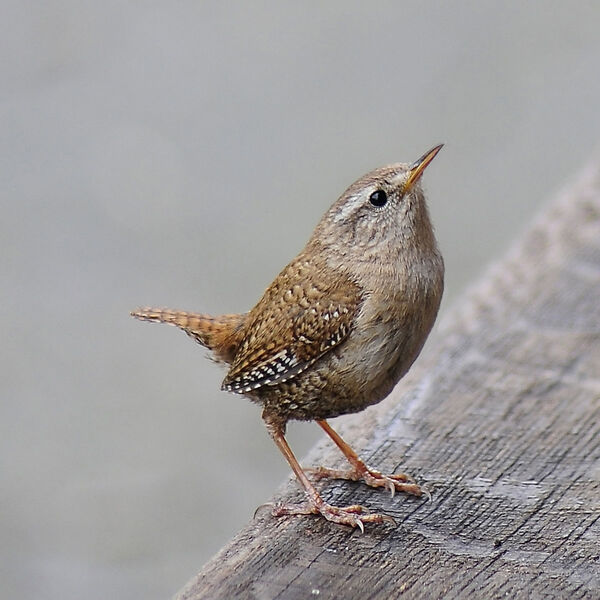

The Māori monarchy dates back to the 19th Century, when different Māori tribes decided to create a unifying figure similar to that of a European monarch in order to try to prevent the widespread loss of land to New Zealand’s British colonisers and to preserve Māori culture. The role is largely ceremonial.






the wet bulb temperature1 is just the temperature of a wet thermometer, and varies with humidity and temperature. Wet bulb temp is never higher than the dry bulb temp, so (entertainingly) you’re proposing that the meaning of 100° varies wildly and is always lower than the true temperature, effectively making the air temperature always ≥100°, and increases when the air is drier, like some sort of inverse relative humidity.
1(I’m aware you probably didn’t mean wet bulb temperature here, but let’s have fun with the idea) :)